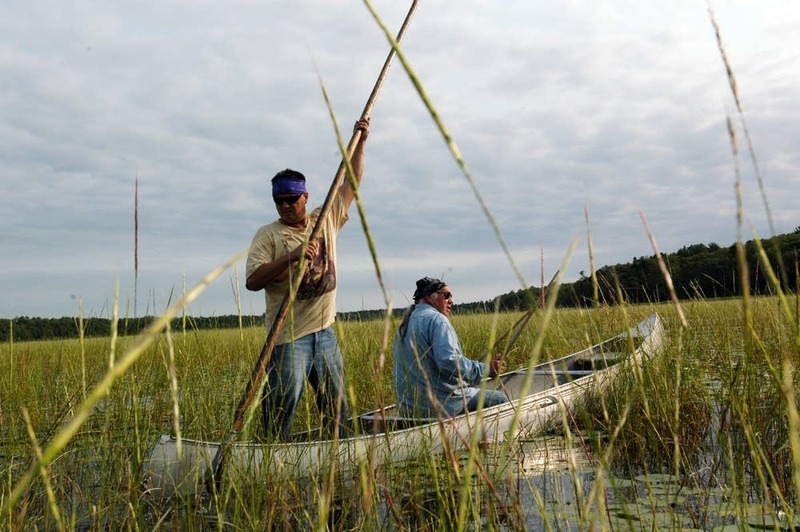Ingredients
- 1 1/4 cups of uncooked wild rice
- 2 teaspoons of salt
- 1/2 teaspoon of thyme leaves
- 1 medium onion, sliced
- 3 cups of water
- 2 tablespoons of butter or margarine
Method
Heat oven to 350ºF. In a 2-quart casserole, combine all ingredients. Bake covered at 350ºF for 1-1/4 to 1-1/2 hours or until rice is tender, stirring occasionally during last half hour.
Source: https://www.fnel.ca.
Background Information 1Belcourt, Gloria. “Mânomin (Cree), Ghínázë (Dëne), Wild Rice .” Rekindling Traditions: Cross-Cultural Science and Technology Units, 2000, pp. 1–36., https://education.usask.ca/ccstu/pdfs/wild%20rice.pdf. Accessed 13 June 2022.
- Wild rice seeds were brought into Saskatchewan in 1930’s.
- Originally, these seeds were sought to provide food for animals, such as ducks and muskrats (to help increase population for things such as hunting and trapping).
- Currently, Saskatchewan is a major producer of naturally grown wild rice.
- Prior to European arrival, Aboriginal peoples harvested and processed wild rice in areas now called Quebec, Ontario and Manitoba.
- The “wild rice bowl” – now know as Minnesota, Wisconsin, Ontario and Manitoba – belonged to the Algonquian and Siouan language groups.
- “Of the many First Nations who relied on wild rice, the Ojibwa nation was the largest producer at the time of contact. Ojibwa people called this grain cereal ‘mano’min’ a word now borrowed from Cree communities in northern Saskatchewan who call wild rice ‘mânomin.'”
